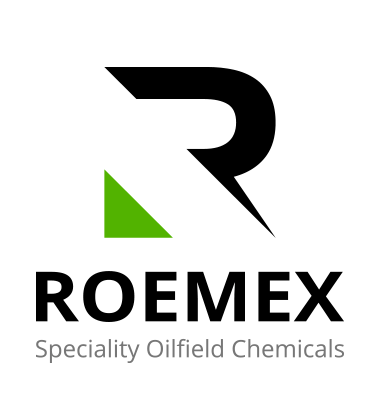

Production chemistry challenges in geothermal systems require high investments in materials to cope with corrosive fluids and high fluid flow.
“The geothermal industry requires a much tighter control on scale formation than the oil and gas industry”, said Peter Wilkie from Roemex in a talk delivered during SPE’s online Geothermal conference in February.
Peter shed light on an aspect of geothermal energy production that is not debated very often: the issues related to production chemistry and scaling.
“While hydrocarbons are non-corrosive, gases such as CO2 dissolved in formation water are”, added Peter. Combined with much higher flow rates in geothermal wells – rates of 75,000 barrels a day are common – it is easy to see why there is so much more pressure on geothermal systems when it comes to materials used. In addition, it is also important to remember that open-loop geothermal doublets require the produced fluids to be re-injected into the same formation where mineral scale, accumulation of corrosion products and bacterial biofilms can cause issues.
Another major difference between oil and gas and geothermal is that in the latter, production of brines takes place directly through the casing, without a production tubing in place. That has implications for the costs of maintenance if integrity issues arise in a geothermal well. If a casing is compromised, it is much more expensive to replace than part of a production tube.
Speaking about his experience in the Dutch geothermal sector, where Roemex has worked on various geothermal projects. “The oilfield corrosion inhibitors used in the hydrocarbon industry have proven to pose challenges in a water-dominated system”, he said. “It may lead to greasy residues that cause problems in injection wells. There are solutions for this, but we are now also using more water-soluble corrosion inhibitors that have shown to avoid these problems”, he added.
Read the full article here:
The production chemistry challenges of geothermal energy - GeoExpro